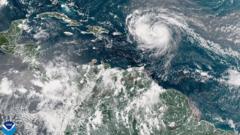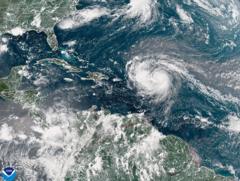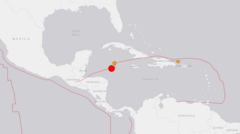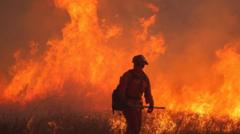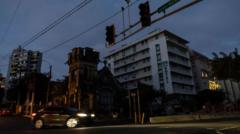SAN JUAN, Puerto Rico (FlashPoint) — The Atlantic hurricane season, which is typically rife with activity, is experiencing an unprecedented calm this year. As we approach the peak season, meteorologists are noting that it has been nearly three weeks since a named storm has formed.
Philip Klotzbach, a meteorologist at Colorado State University, expressed the sentiments of many by questioning on social media, Where the heck are the Atlantic hurricanes?
The last storm to receive a name was Tropical Storm Fernand, which appeared late in August. However, it quickly dissipated over open water, barely making an impact.
This unusual quiet period during the peak season, running from August 29 to September 15, marks only the second time in history, since 1950, where no named storms formed during this time. Ernesto Rodríguez, a meteorologist at the National Weather Service in San Juan, confirmed the rarity of such an occurrence, stating that optimal conditions typically lead to plentiful storms during this period.
Three primary factors are cited for this unexpected calm: strong vertical wind shear, persistent dry air across the tropical Atlantic, and decreased rainfall in West Africa where tropical waves usually originate before traveling across the ocean.
Rodríguez noted that this quiet period could be beneficial for regions like Puerto Rico, which is still recovering from Hurricane Maria's devastation in 2017.
However, forecasters warn that this tranquility may not last. Despite the current calm, they anticipate that increased storm activity may occur later in September and early October, with potential clusters of storms currently near the Caribbean.
Historically, the Atlantic hurricane season sees a significant uptick in activity during August and September, but this season has thus far yielded only six named storms. Meteorologists continue to monitor conditions closely, as ocean temperatures remain warm, providing the necessary fuel for storm formation.
This season's anomaly has sparked discussions and reports among meteorologists, with many referring to it as remarkable considering the usual patterns observed during hurricane seasons.





